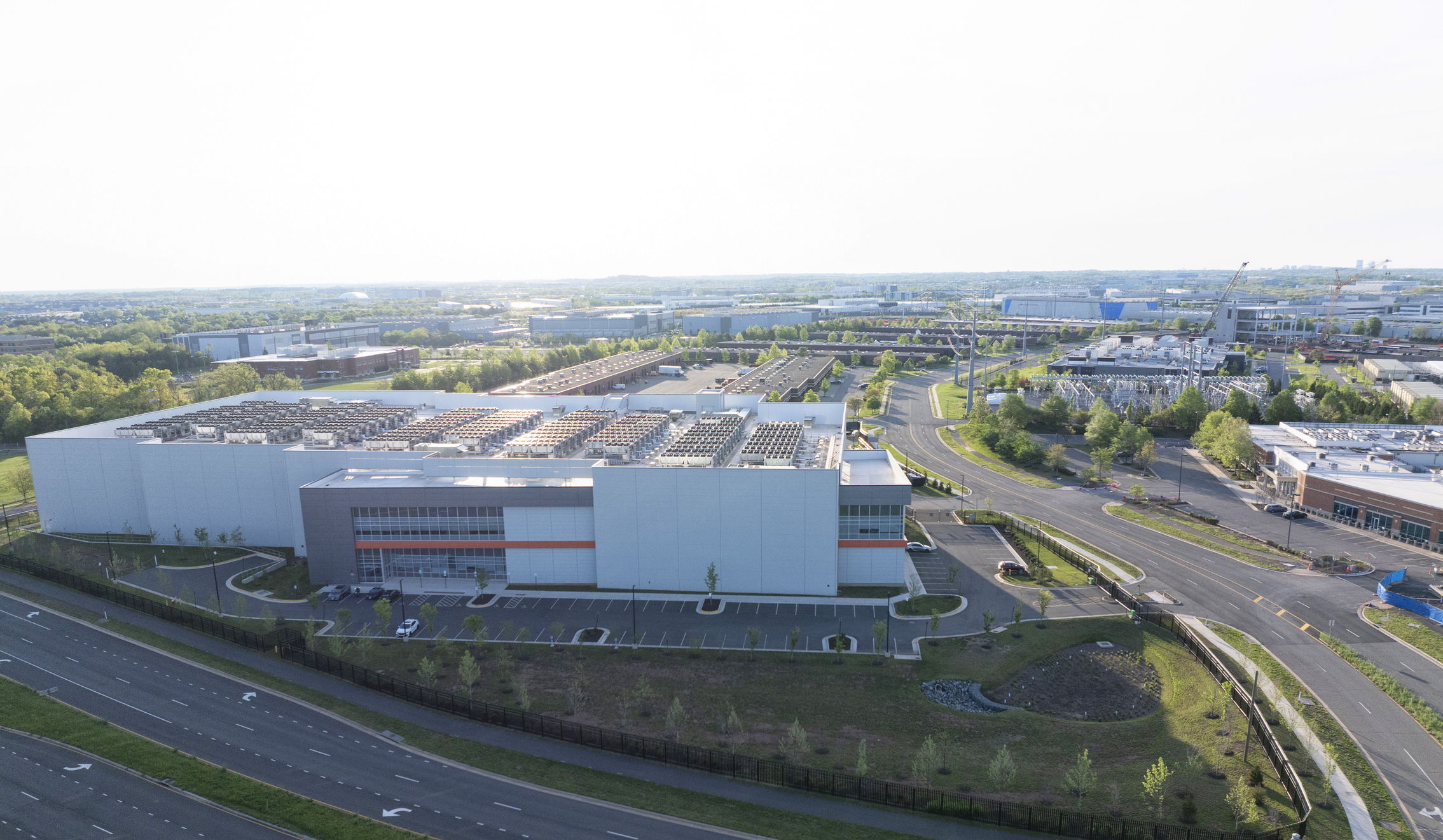There are an estimated 3,600 data centers in the U.S. as of 2025. Of these, at least 600 are hyperscale data centers, which are the most resource intensive and power generative artificial (AI) intelligence development and use. With more data centers being built to meet the growing demand of AI, cloud computing and digital services, local leaders are wondering what data centers mean for economic development and long-term sustainability in their communities.
Data centers are physical sites that host the hardware, such as computer servers and telecommunications equipment, required for on-site or cloud data storage, as well as artificial intelligence (AI) computing.
At NLC’s 2025 Congressional City Conference, the Energy, Environment and Natural Resources (EENR) and Information Technology and Communications (ITC) committees met in a joint session to explore ways in which the use of AI and data centers impact local communities. In the session, elected officials shared several issues they are considering when faced with data center development.
The joint session was the first time NLC members engaged on this topic, and it was clear there is strong interest in continuing the conversation and learning more. The joint session raised both innovative thinking and significant concerns about data centers and the impacts they have on communities.
Below are some of the key takeaways from that discussion:
Local Governments are Balancing Technological and Economic Development with Data Centers’ Externalities and Environmental Impacts
Many communities in the discussion mentioned the positives of data center development, such as tax revenue and temporary jobs from site construction. However, there were concerns about increased water and energy use, greenhouse gas (GHG) emissions and strain on power grids possibly being handed down to ratepayers. They also wanted to know how noise and light pollution might increase, affecting residents nearby.
Regulatory Frameworks are Evolving to Address AI and Data Centers
Local governments across the U.S. have adopted, or are considering, zoning ordinances to regulate where and how data centers are developed, prioritizing commercial and industrial zones. Water use ordinances can also be enacted but are more impactful if coordinated regionally across jurisdictions. As AI becomes more common in governmental services, regulatory measures could address security vulnerabilities, misinformation risks and ethical concerns such as AI bias and decision-making transparency.
Public Education, in Plain Language, is Needed to Communicate AI’s Energy Demands and Environmental Trade-Offs to Constituents
Without greater public awareness, local leaders may struggle to gain support for regulations on AI and data centers. Most people are unaware of the significant energy and water consumption required to power AI and cloud services. This should be communicated in public education campaigns using everyday comparisons that are easy to understand. For example, running a single ChatGPT query can require 10 times the computing power of a Google search.
Regional Coordination Could Help Manage the Rising Infrastructure Burden of Supporting Data Centers and Other Energy-Intensive Industries
Coordinated planning is needed for future power grid expansions, and to ensure fair energy and water distribution between jurisdictions. Where water scarcity is a major issue, regional water-sharing agreements and usage agreements as they pertain to data centers could be a potential solution. Sharing wins, challenges and learnings with each other can help drive thoughtful development, that is both economically and environmentally advantageous.
Additional Resources
- Download NLC’s Understanding Data Centers Fact Sheet for a foundational understanding of data centers to help policymakers begin important discussions.
- View a map of Data Centers across the country.
- Explore Local Guidelines for Data Development in a resource guide by the ULI Americas Data Center Product Council.
Help Guide the Future
NLC is developing resources and planning events to help community leaders make informed decisions about data centers. Take a moment to let us know what’s happening in your community; your input will help shape upcoming support opportunities and resources on this timely topic.








